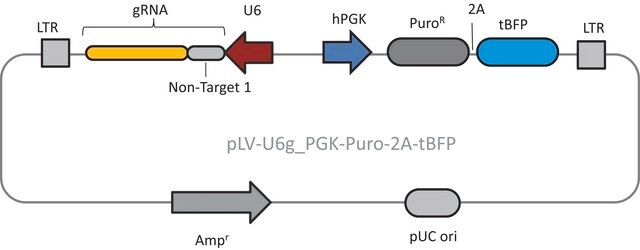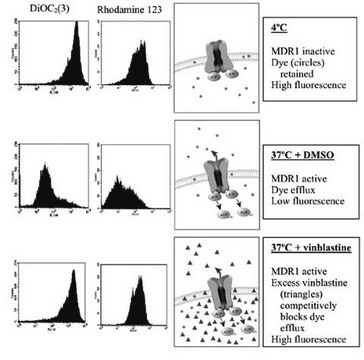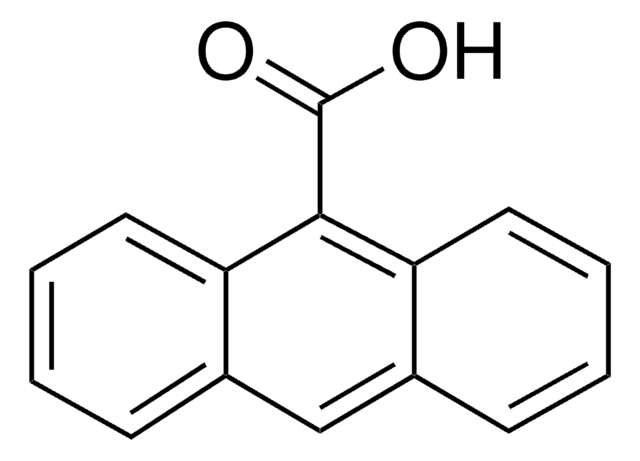NCSTUD001
MISSION® Synthetic microRNA Inhibitor
ath-miR416, Negative Control 1, Sequence from Arabidopsis thaliana with no homology to human and mouse gene sequences
Sinónimos:
Synthetic Tough Decoy, sTuD
About This Item
Productos recomendados
product line
MISSION®
form
solid
mature sequence
GGUUCGUACGUACACUGUUCA
Sanger mature/minor accession no.
Sanger microRNA accession no.
storage temp.
−20°C
¿Está buscando productos similares? Visita Guía de comparación de productos
General description
The MISSION synthetic miRNA Inhibitors are small, double-stranded RNA molecules designed to inhibit a specific mature miRNA. The miRNA inhibitors were designed using the mature miRNA sequence information from miRBase and are 2′-O-methylated RNA duplexes with a miRNA binding site on each strand. Optimal miRNA inhibition is provided after transfection due to the robust secondary structure of the inhibitor.
- Long lasting inhibition at very low dosage
- Excellent resistance to cellular nucleases
- Custom synthesis available for a variety of species
Other Notes
Legal Information
signalword
Warning
hcodes
pcodes
Hazard Classifications
STOT RE 2 Inhalation
target_organs
Respiratory Tract
Storage Class
11 - Combustible Solids
wgk_germany
WGK 3
flash_point_f
Not applicable
flash_point_c
Not applicable
Elija entre una de las versiones más recientes:
Certificados de análisis (COA)
Lo sentimos, en este momento no disponemos de COAs para este producto en línea.
Si necesita más asistencia, póngase en contacto con Atención al cliente
¿Ya tiene este producto?
Encuentre la documentación para los productos que ha comprado recientemente en la Biblioteca de documentos.
Nuestro equipo de científicos tiene experiencia en todas las áreas de investigación: Ciencias de la vida, Ciencia de los materiales, Síntesis química, Cromatografía, Analítica y muchas otras.
Póngase en contacto con el Servicio técnico







